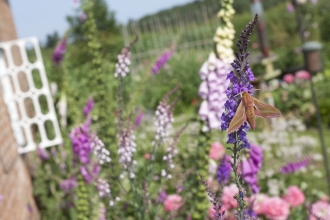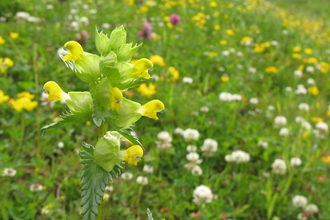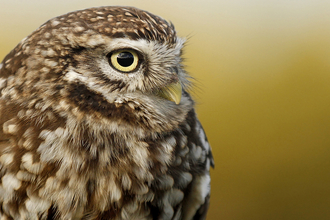Autumn is upon us and traditionally hay meadows would all have been cut by now. Maybe you have had a chance to see some good examples near you on your local walks during lockdown. A flower rich meadow rarely fails to put a smile on anybody’s face; nature’s own design at its best exploding with colour, shapes and scent. Sadly, traditional meadows have decreased by 97 % in the last century due to changing farming practices and inadequate protection. They now cover less than 1% of the UK.
So why are they important? Well, they support a huge number of native flowers, grasses and fungi and they provide essential food and nesting sites for so much wildlife; our pollinators such as bees, bumblebees, wonderful beetles, moths and butterflies but they are also important for a range of small mammals, birds, reptiles such as slow worms and amphibians such as frogs. On a landscape scale they are valuable as they store carbon and help with flood prevention slowing down run off after heavy rain.
It’s encouraging to know that we can all grow wildflowers in our gardens whether in our borders or as a meadow and together make a real difference. To avoid confusion, it’s worth saying that there is a difference between what is known as a perennial, native wildflower meadow and a cornfield mixture of plants. The latter include poppies, corn flowers, corn marigolds, annual flowers that were once abundant in arable areas as unwanted weeds. These can grow in nutrient rich areas and are fine to sow in a garden or urban setting. Many annual seed mixes contain non-native species and they must not be used in the wider countryside to create flower rich meadows. It is always best to use locally sourced seeds or green hay from a good wildflower meadow nearby. So in summary; a traditional wildflower meadow contains a mixture of both native, perennial flowers and grasses. They do well on soils of lower nutrient status. The advice below is for creating perennial, native meadows.
Download our 'How to Create a Meadow' guide
- The first thing to do is to leave an area of grass to grow and see what grows there through the seasons. Maybe you took up the challenge to leave an area as a ‘No Mow patch’ this year to see what wild flowers are already present. Hopefully you will have some flowers there already and if you do, cut and remove the cuttings at the end of summer.
- If your lawn is all grasses and no flowers, now is the time to cut it really short, rake up all the cuttings and then rake again with a stiff rake in order to expose enough soil that you can sow a mix of local, perennial wildflower seeds into. Remember, you won't succeed unless you sow your seeds into bare soil.
- Alternatively, dig up the top layer of turf and roots of persistent weeds such as docks, nettles and thistles and sow a suitable wildflower mix. Try and get locally sourced seeds of species suited to your soil type.
- There are a number of good suppliers of seeds and you can have your own mix designed depending on your local area and soil type. Worth doing a bit of research into this. Try and include yellow rattle, the meadow maker, into the mix. Contact your local Wildlife Trust or Plantlife for sources of local seeds and green hay.
- Mix the seeds (usually only 4-5gms seed required per square metre) with some dry, light coloured sand (not builders sand) to make sowing easier.
- Walk the seeds lightly into the soil ensuring that there is contact between seed and soil.
For more information you can download our 'How to create a meadow' guide or visit our wildlife gardening web pages for lots of handy tips and advice.




